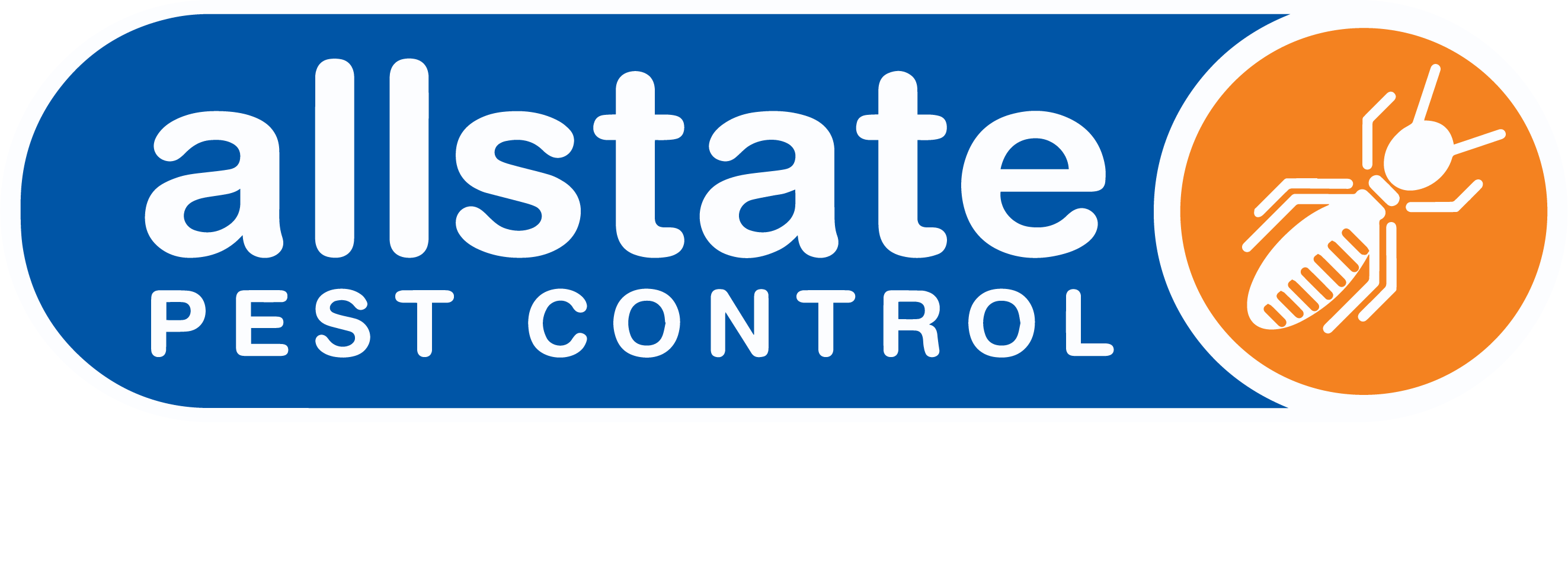
How to Prevent a Flea Infestation in your Home
HOW TO PREVENT A FLEA INFESTATION IN YOUR HOME
With a notorious reputation for being a nuisance to our pets, fleas can also cause problems to people. With their itchy and irritating bites and the ability to spread serious diseases, you’ll want them gone as soon as possible.
If you are concerned about a flea problem in your home or business, we can help. Our article offers your tips on how to identify and protect your home from a flea outbreak, and how professional flea prevention works.
What questions will this article answer?
What is a flea?
Fleas are parasitic insects. At only 2mm long, oval-shaped and red-brown in colour, fleas need to find hosts to survive by drawing blood and gaining nutrients.
Problems caused by fleas
Their bites are uncomfortable and they also spread disease.
Signs of a flea outbreak
Check for fleas in your pets, flea droppings and eggs and you or your family members may also experience flea bites.
How to prevent a flea outbreak in your home
Practice good pet care, keep your garden well-maintained and your home clean and prevente other pest outbreaks.
Professional flea prevention
We use a combination of flea control insecticide and dust.
Choose Allstate for effective and reliable flea extermination
Our flea removal technicians are available 24/7 and are highly trained in flea behaviour and understand how to prevent recurring outbreaks.
What is a flea?
One of the most common parasitic insects you’ll hear about, fleas have been well known to cause problems to our beloved family pets for centuries. Some species you may encounter are cat, dog and even human fleas.
Although they are only 2mm long, oval-shaped and red-brown in colour, fleas are very clever at finding hosts to survive by drawing blood and gaining essential nutrients.
Look out for them in warmer weather, as this is their preferred climate to reproduce and lay eggs.
Get fast flea removal advice today
 or
or
Problems caused by fleas
Silent and often hard to see, an unchecked flea problem can lead to many issues.
If you’ve been noticing more fleas around the place than usual, it’s best not to ignore them. Here’s why:
Their bites are uncomfortable
Flea saliva can contain chemicals which are well-known skin irritants that result in a reaction around the bite. You may notice that your (or your pet’s) skin becomes red, swollen and itchy. Try to avoid scratching these bites if possible.
They can spread disease
Besides causing skin infections in pets and people, flea bites can also result in some serious illnesses, including typhus.
Fleas are known carry and transmit a range of germs and parasites such as tapeworms, which thought to be responsible for the infamous Bubonic Plague.
Signs of a flea outbreak
Given that adult fleas, as well as their eggs and larvae, are very small in size, it can be hard to spot an infestation. However, there are still some telltale clues that you can look out for:
Check for fleas in your pets
If you’re noticing that your pet seems restless and is scratching themselves more often, check their fur for fleas. If left without treatment, this could result in a more permanent hair loss known as alopecia. Bites from some flea species are also more prone to causing alopecia as well.
Some pets may have a skin reaction to flea saliva which leads to flea bite dermatitis. This causes irritation, swelling and even welts on their skin. You’ll more commonly see this in groin and armpit areas.
Don’t forget to check hard to reach areas for fleas and bites, as well as dried blood from bite wounds.
In some pets, a long-term flea problem could lead to pale gums caused by anaemia. This is due to a heavy loss of blood and requires urgent treatment by your local vet.
You have skin irritation without any obvious cause
Whether it’s you or your family members experiencing a sudden unexplained itchy rash, skin swelling, or noticing bumps or bites that sting, fleas could be the culprit.
Pay attention to particular areas of your home where this happens, as it could be a site of a heavy infestation.
Flea eggs
Difficult to spot and usually well-hidden, flea eggs are oval shaped, white and around 0.5mm in length.
You may notice them tangled in pet fur, pet bedding, rugs and carpets, or tucked away in small cracks and crevices in walls, skirtings and floorboards.
Flea droppings
If you notice fine, ground black pepper granules in your pet’s fur, or even scattered around your home, this could be flea droppings.
Manage fleas for good. Speak to an expert today.
 or
or
How to prevent a flea outbreak in your home
It doesn’t take many fleas to start an infestation that could spread rapidly throughout your home. Here are some ways that we recommend to stop this from happening in the first place:
Practice good pet care
If your pet can tolerate a flea collar, it is a useful way to keep fleas away from your furry friends.
Giving pets baths and inspecting them for any signs of fleas when grooming is also effective.
Using hot water that is at least 50°C to thoroughly clean pet bedding on a regular basis can kill fleas at all stages of their life cycle.
Keep garden well maintained
You can offer less hiding spots for fleas in your lawn by mowing your grass and removing weeds as needed. This way, there is less chance that they will latch onto your pets as they roam around your backyard.
Also, look out for larvae, which tend to be found in shaded areas.
Keep your home clean
Take care to thoroughly clean all rooms and even outdoor areas, particularly places where your pet enjoys spending their time. This includes furniture, rugs and mats.
Regularly sweep, mop and scrub floors as well as vacuuming and steaming carpets. Consider using powerful vacuum cleaners that come with a special attachment to remove pet fur.
Prevent other pest outbreaks
Other pests can introduce fleas into your home, such as birds and rodents. You can contact Allstate for help with any pest concerns 24/7.
Professional flea prevention
Flea outbreaks are notoriously hard to treat once they have entered your home as they lay their eggs in hard-to-reach places. However, you’ll be able to get the issue resolved with the knowledge of our expert flea control technicians.
We’ll begin by inspecting all affected areas in your home or business and come up with a treatment plan.
For the best results, we prefer a targeted approach with a combination of treatments. We use:
- Flea control insecticide: sprayed around the perimeter of your home, and along joints, floors and skirting boards in affected rooms.
- Flea control dust: carefully applied to places which are difficult to penetrate with spraying, such as tiny cracks, crevices and wall voids.
At least one review is usually needed for further treatment as flea eggs can take a few weeks to hatch, triggering a new outbreak. So, it’s definitely handy to practice being patient when it comes to resolving flea problems.
Choose Allstate for effective and reliable flea extermination
It’s hard enough seeing our pets suffer from fleas, but having an outbreak spread around the house makes the problem worse for everyone. Luckily, at Allstate, our team knows exactly how to help.
Family owned and operated, Allstate has been managing flea outbreaks for more than 30 years.
Our flea removal technicians are highly trained in flea behaviour and their life cycle. We understand that successful flea control requires applying the appropriate treatments at exactly the right intervals. This way, you and your family can enjoy long-lasting protection from recurring outbreaks.
All our treatments are non-toxic towards children, pets and the environment. Our services are backed with competitive warranties, and a 100% satisfaction guarantee. We even offer payment plans so you won’t need to delay your treatment.
Available 24/7 for all urgent enquiries to all suburbs of Adelaide, the Allstate team is ready to help you prevente fleas for good.





Recent Comments